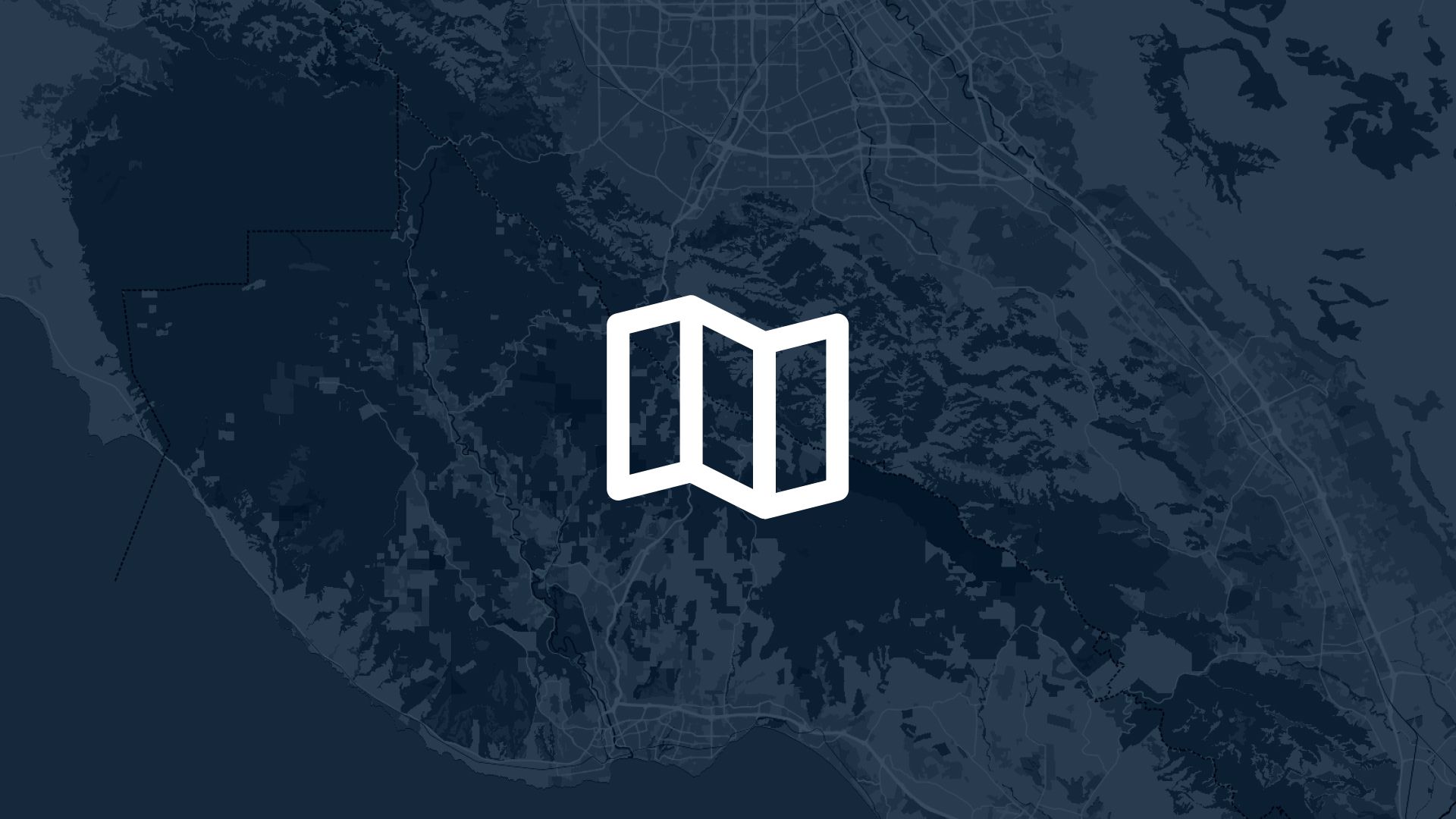Maps are more than just tools for navigation — they're essential instruments for communicating geographic phenomena and interpreting data. Whether you're planning a hiking trip or analyzing demographic data, developing map skills can greatly enhance your understanding and decision-making.
Let’s explore some critical map skills everyone should master.
What Makes a Good Map?
A good map is both informative and intuitive. It should communicate its message clearly and efficiently. Here are the basic elements you need to understand:
Essential Elements of a Map
-
Scale: This shows the relationship between distance on the map and the corresponding distance on the ground. Understanding the scale is crucial to grasp the actual size of features.
-
Legend: Also known as the key, the legend explains the symbols used on the map. Without it, interpreting the map correctly would be challenging.
-
Compass Rose: Displays orientation, typically showing the cardinal directions (North, South, East, West) to help users navigate the map.
-
Title: The title tells you what the map is about and often provides context regarding its purpose or the area it covers.
-
Grid: Maps often have grids for reference. Latitude and longitude lines on world maps or alphanumeric grids on street maps help locate places precisely.
Understanding Map Projections
Maps represent a three-dimensional world in two dimensions, which involves distortions. Different map projections (like Mercator or Robinson) display the world differently. Understanding these projections helps in comprehending maps accurately, especially at global scales.
Basic Map Skills
Locating Places
One of the most fundamental map skills is being able to locate places using different referencing systems like coordinates or addresses. For example, latitude and longitude are universal tools for identifying any location on Earth.
Reading Topographical Maps
Topographical maps show the landscape’s three-dimensional features on a flat surface through contour lines. Knowing how to read these lines can help you assess terrain difficulty, essential for activities like hiking or urban planning.
Using GPS and Online Maps
Modern mapping often involves digital tools. Understanding how to use GPS devices or apps like Google Maps is essential. These tools offer real-time data and dynamic routing, revolutionary for travelers and logistics companies alike.
Advanced Map Skills
Analyzing Spatial Data
Maps are invaluable for visualizing and analyzing spatial relationships and patterns. Advanced map skills involve:
-
GIS Software: Software like Atlas or QGIS allows for sophisticated analyses, such as detecting geographic phenomena patterns or modeling spatial data trends.
-
Data Layering: Combining different data layers (such as demographic data, infrastructure, and natural resources) to gain deeper insights.
-
Temporal Mapping: Using maps to show changes over time, such as tracking population growth or environmental changes.
Creating Your Own Maps
Creating maps tailored to specific needs requires understanding both basic cartographic principles and the tools available for map creation.
Tools for Map Making
-
Atlas: A browser-based GIS platform that's user-friendly and ideal for creating professional, interactive maps without needing extensive GIS knowledge.
-
Google Maps Platform: Known for its extensive database and ease of use, Google Maps Platform allows customization and integration with applications.
-
Mapbox: Offers robust features for designing custom maps with unique visual styles, ideal for developers needing brand-specific maps.
Map Design Principles
Understanding design principles help make your maps aesthetically pleasing and effective. Considerations include:
- Simplicity and Clarity: Avoid overloading your map with information to ensure the main message is not obscured.
- Color Choice: Use contrasting colors for clarity and readability, and ensure colors are meaningful for viewers.
- Hierarchy: Highlight important information using size or color to guide the viewer’s attention effectively.
Practical Applications of Map Skills
Urban Planning
Understanding maps helps city planners create efficient layouts, plan infrastructures like roads and utilities, and zone areas for residential or commercial use.
Environmental Management
Maps are vital for managing natural resources, monitoring ecosystems, and planning conservation efforts. Accurate maps help predict environmental impacts and develop strategies to mitigate them.
Emergency Response
For emergency services, maps are crucial for planning routes, tracking areas affected by disasters, and coordinating rescue operations.
Business and Marketing
Companies use maps for market analysis, determining optimal locations for new stores, and demographic studies to target the right audience effectively.
How Atlas Helps Enhance Your Map Skills
Atlas is a powerful tool that democratizes access to sophisticated GIS capabilities, making map creation and analysis accessible to everyone — from enthusiasts wanting to DIY their travel maps to professionals like city planners and environmental scientists. Here’s how Atlas can enhance your map skills:
User-Friendly Interface
Atlas is very user-friendly, designed to be intuitive even for beginners without prior GIS experience. Its browser-based nature means you don't need to worry about complex installations or system compatibility issues; you simply access everything via a web browser, which makes starting your mapping project hassle-free.
Seamless Data Visualization
Atlas excels in data visualization, allowing you to import various data formats, including spreadsheets, and visualize them instantly on a map. This drag-and-drop simplicity ensures that users can focus on interpreting their data, rather than struggling with technical hurdles.
Flexible and Customizable
Atlas provides extensive customization options, enabling users to tailor maps to specific needs. You can adjust colors, labels, and styles to ensure that your maps not only convey the intended information but also match the aesthetic aspects of your projects.
Real-Time Collaboration
Collaboration is a key strength of Atlas. Its cloud-based platform allows teams to work together on mapping projects in real-time, ensuring everyone is on the same page and can contribute insights and edits as needed. This feature is particularly beneficial for projects that require input from multiple stakeholders or involve teams distributed across different locations.
Advanced GIS Capabilities
While Atlas is designed for ease of use, it doesn’t compromise on functionality. It supports advanced GIS features, making it possible to perform complex spatial analyses and to layer multiple data sets to gain deeper insights. Whether you’re examining demographic trends or environmental data, Atlas provides the tools to make informed decisions based on comprehensive spatial analyses.
Accessibility and Affordability
With a generous free plan, Atlas ensures that powerful mapping and analysis tools are accessible without the financial barrier often associated with professional GIS software. This approach aligns with Atlas’s vision of empowering as many users as possible to leverage spatial data for innovation and informed decision-making.
Empowering Diverse Applications
Atlas isn’t just for traditional uses like urban planning or exploration; it supports a wide array of professional applications from journalism to real estate. Its ability to handle large datasets smoothly without overwhelming users makes it an excellent choice for professionals and amateurs alike.
By integrating Atlas into your mapping toolkit, you enable not only enhanced visualizations and communications but also a deeper understanding of geographic contexts, helping you become more adept and insightful in your map skills.





